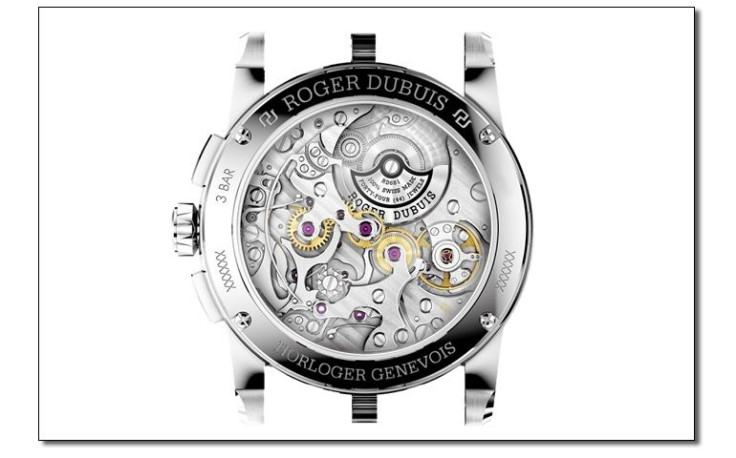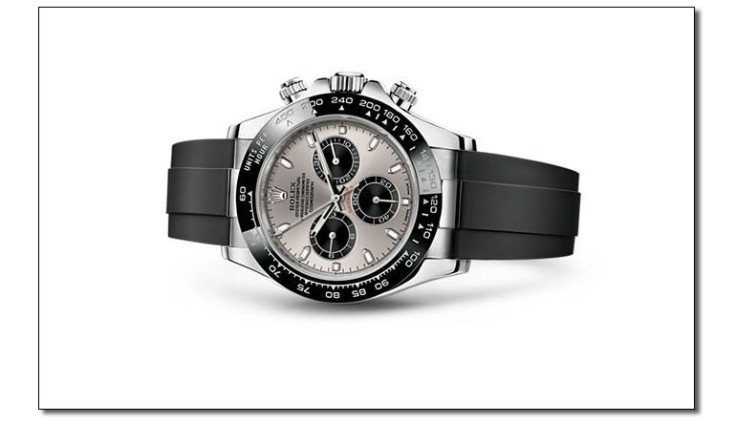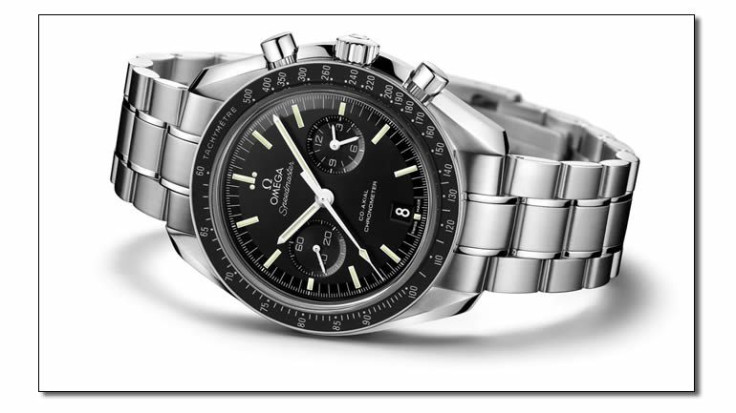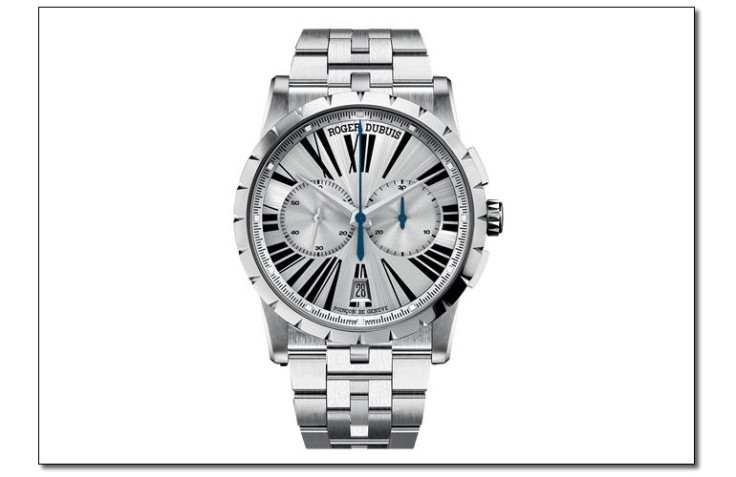Countdown To The New Year With Classic Chronographs
Sponsored content from Modern Luxury

December is upon us, and with it, the mad dash for the end of 2017. With one eye on the countdown clock, we present this month’s featured complication: the chronograph. Although (much like the watch itself), the mechanical chronograph has been rendered, strictly speaking, obsolete by the timers and stopwatches that the dumbest of phones possesses as a matter of course. But of course when it comes to mechanical watches, the beauty lies in the construction of the mechanism itself, and the different, inventive dial configurations that the world’s top brands come up with.
HOW DOES IT WORK?
The chronograph functions using a complex system of levers, springs and wheels. The chronograph mechanism is grafted onto the movement’s base. When the “start” pushbutton is pressed, the chronograph wheel joins the wheel for the seconds, and the hand starts ticking. When the chronograph is stopped, the chronograph wheel separates from that of the seconds, and the chronograph hand stops again. The reset function is effectuated by a system of a hammer on a spring and a “heart.”
Split-Seconds Chronographs
Split-seconds chronographs are equipped with an additional seconds hand, which can be stopped independently to measure a “split” time or a reference time. They are recognizable by the additional pushbutton they bear. Activating the pushbutton is all that is needed for the split-seconds hand to catch up with the main chronograph hand, so that the two may continue running together.
Column-wheel and cam movements
There are two kinds of chronographs with respect to the “control group” governing the start, stop and reset functions. The chronographs considered the most prestigious are equipped with a column-wheel, a complex organ that uses a system of slots and tabs to govern the movements of the levers. Most current mechanical chronographs are equipped with a cam system of simpler construction.
Modular and integrated constructions
In modular constructions, the chronograph mechanism is totally independent of the base movement. It is mounted on an additional plaque affixed to the dial side of the movement. This solution allows the watchmaker to link a chronograph mechanism to an existing movement, without having to develop a new caliber. In integrated constructions, the chronograph components are placed directly on the movement, on the bridge side. Column-wheel chronograph movements are the result of integrated constructions.
Frequency and precision
The precision of time measurement and display of a mechanical chronograph depend on the frequency of its regulating organ, i.e. the number of vibrations per hour (one oscillation equals two vibrations) of the balance-spring. The higher the frequency, the smaller units of time that can be measured.
Vibrations per hour (vph) Frequency Smallest measurable unit of time
18,000 2.5 Hz 1/5 of a second
21,600 3 Hz 1/6 of a second
28,800 4 Hz 1/8 of a second
36,000 5 Hz 1/10 of a second
360,000 50 Hz 1/100 of a second
Flyback function
The flyback function allows the wearer to instantly start a new round of timing while the chronograph is already operating. For this, one need only activate the reset pushbutton, without stopping the hands first; all three chronograph hands will immediately return to zero to start another measurement.
Jumping seconds
The term “jumping seconds” refers to a setup in which the second hand leaps around the dial in one second—usually in four or five smaller steps. This system is a way to measure and display times of one-fourth, one-fifth—even one-eighth or one-tenth of a second.
The classic dial configuration includes two or three small subdials, positioned at 3, 6 and 9 o’clock. Many watchmakers turn this simplicity into a virtue.

The Rolex Cosmograph Daytona is inextricably linked with the world of motor sport, designed as it was to serve the needs of racecar drivers in the 1960s. The central sweep seconds hand delineates passing time to one-eighth of a second, and the tachometer scale around the circumference of the watch allows the driver to measure speeds of up to 400 mph.

Rolex
This Speedmaster model simplifies the traditional dial design by condensing elapsed hours and minutes on the same subdial, placing a small seconds display at 9 o’clock. Luminescent coating on the indexes and hands allows for an intuitive reading of the time, even in low-light conditions. The revolutionary OMEGA Co-Axial 9300 calibre is visible through the sapphire crystal caseback.

Audemars Piaget
Celebrating the 20 th anniversary of a true watchmaking icon, this Royal Oak chronograph offers a chic two-tone color scheme, pairing a blue strap and dial (sporting the brand’s characteristic “Grande Tapisserie”) with the warm pink-gold tones of the case, octagonal bezel, hands and subdials.

Roger Dubuis
Sleek in silvered satin sunburst and stainless steel, this Excalibur Chronograph from Roger Dubuis, like the entirety of the brand’s production, is stamped with the Poinçon de Genève, a mark affirming, among other standards, that the piece was crafted in Geneva.





















